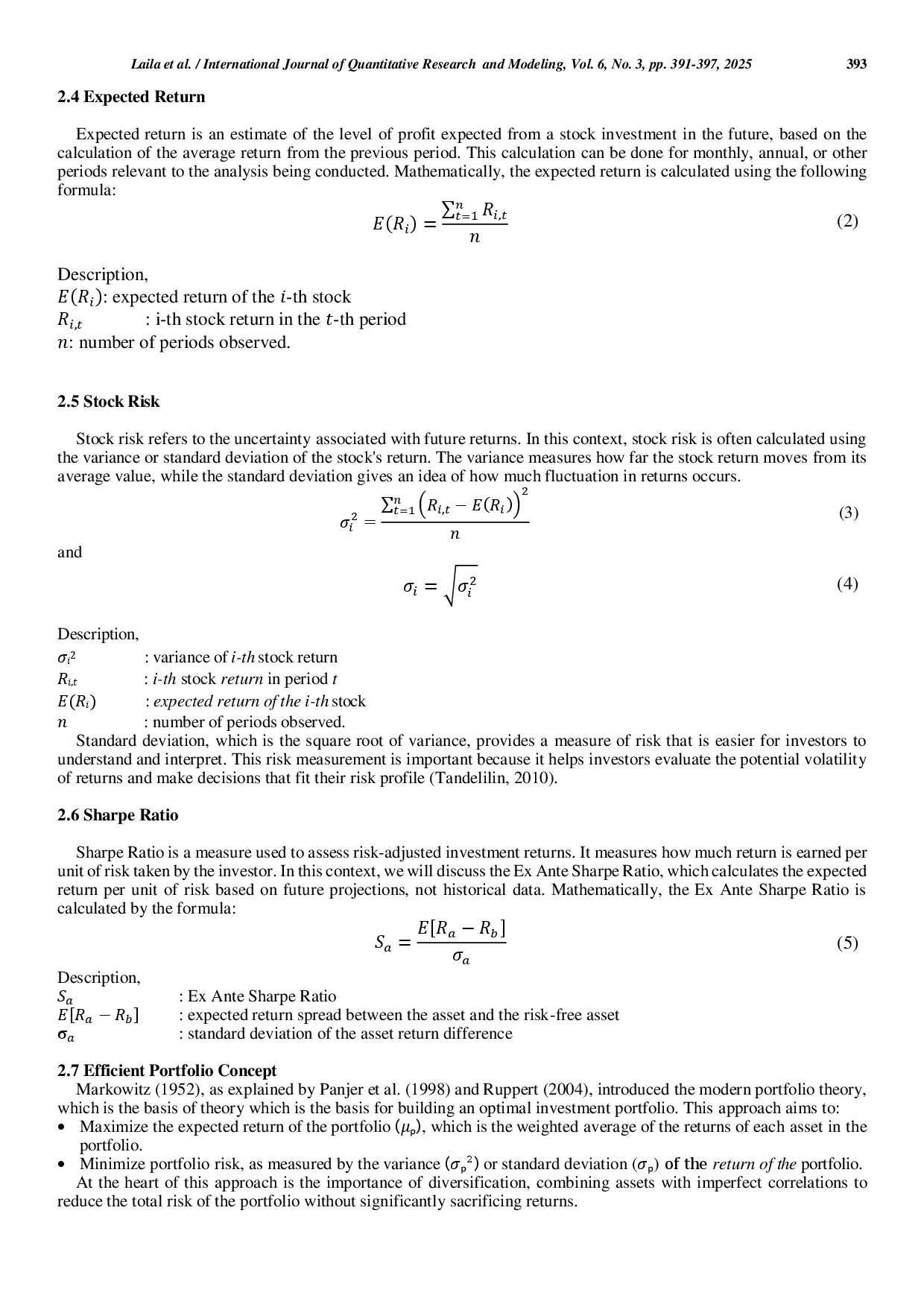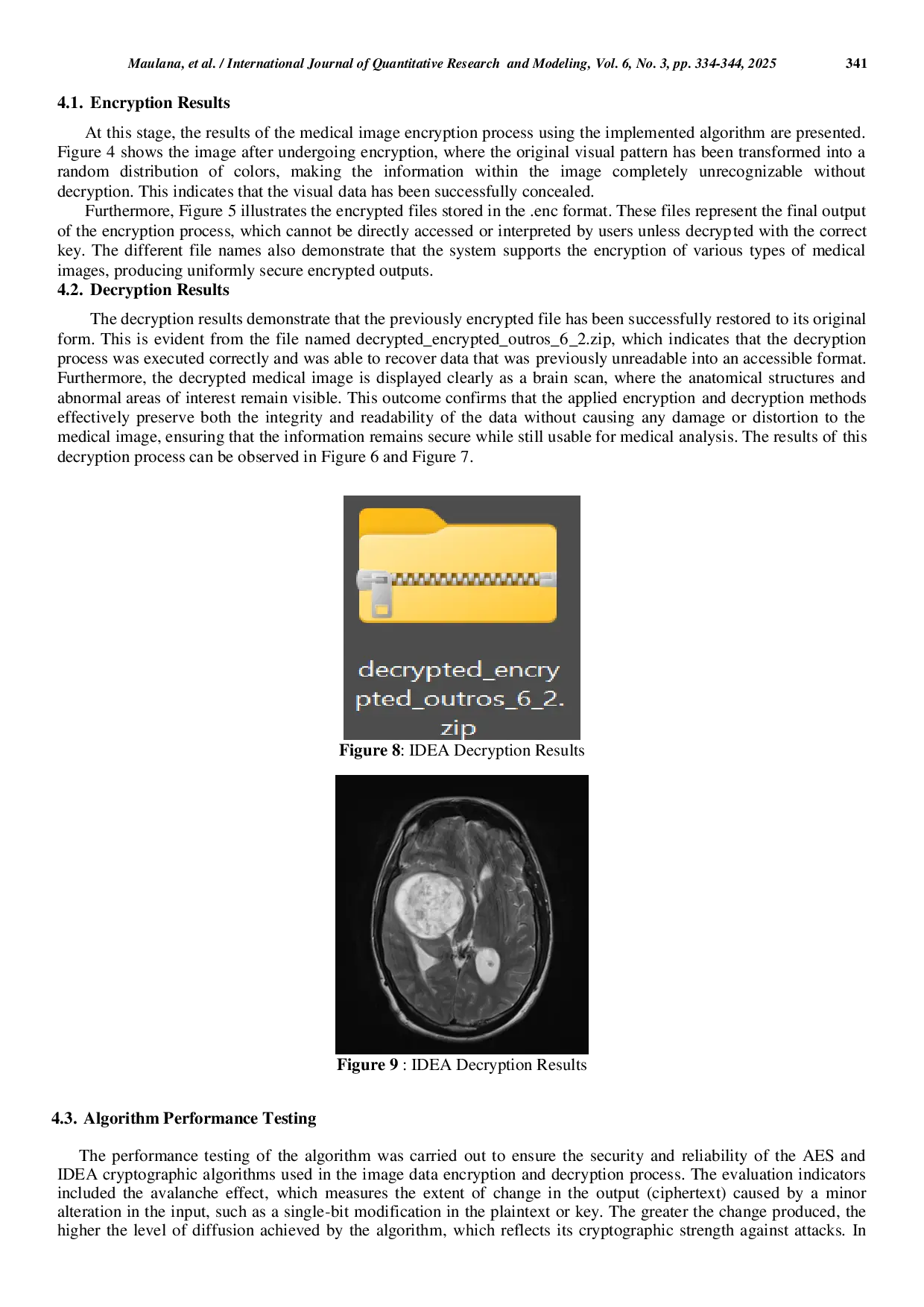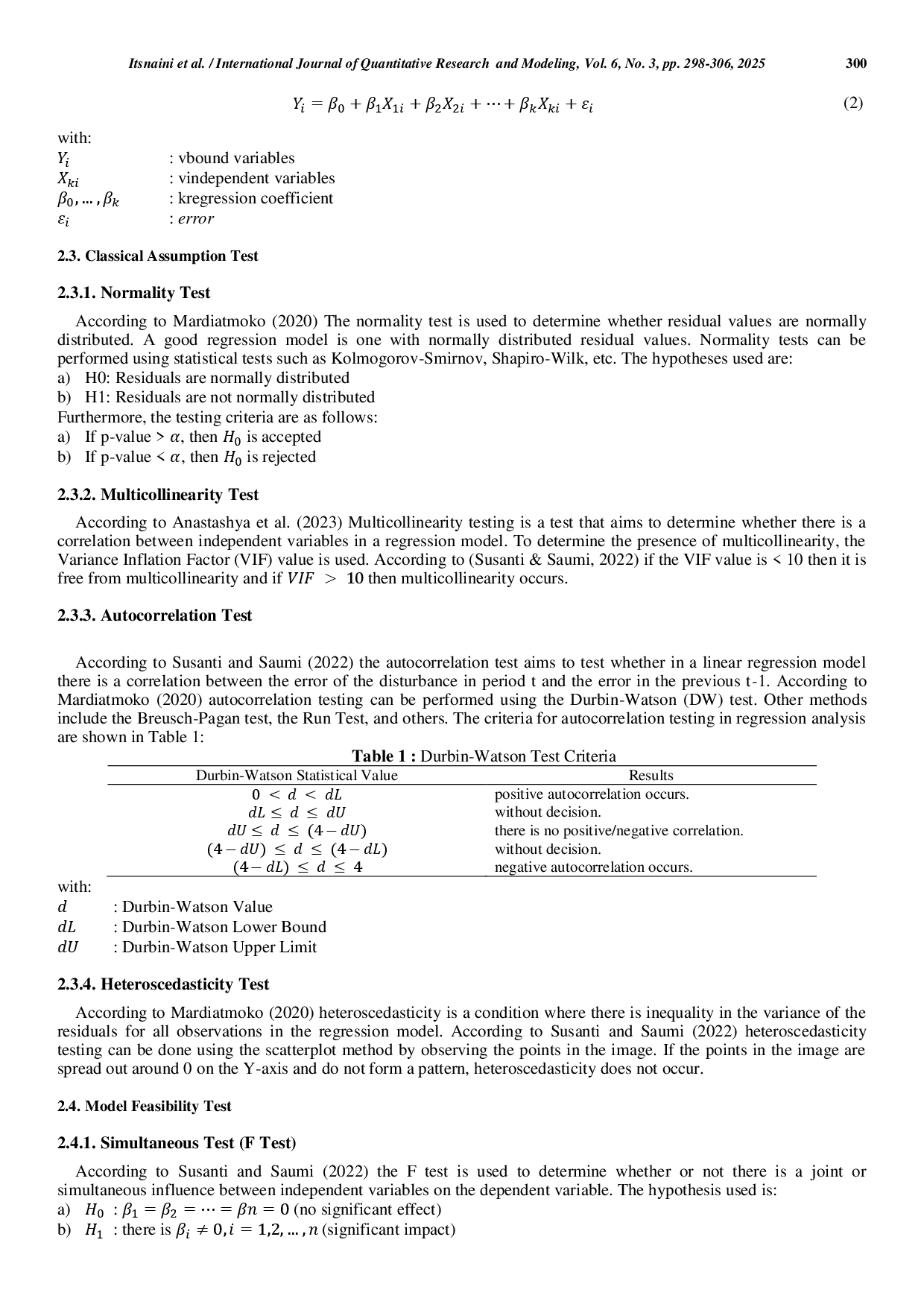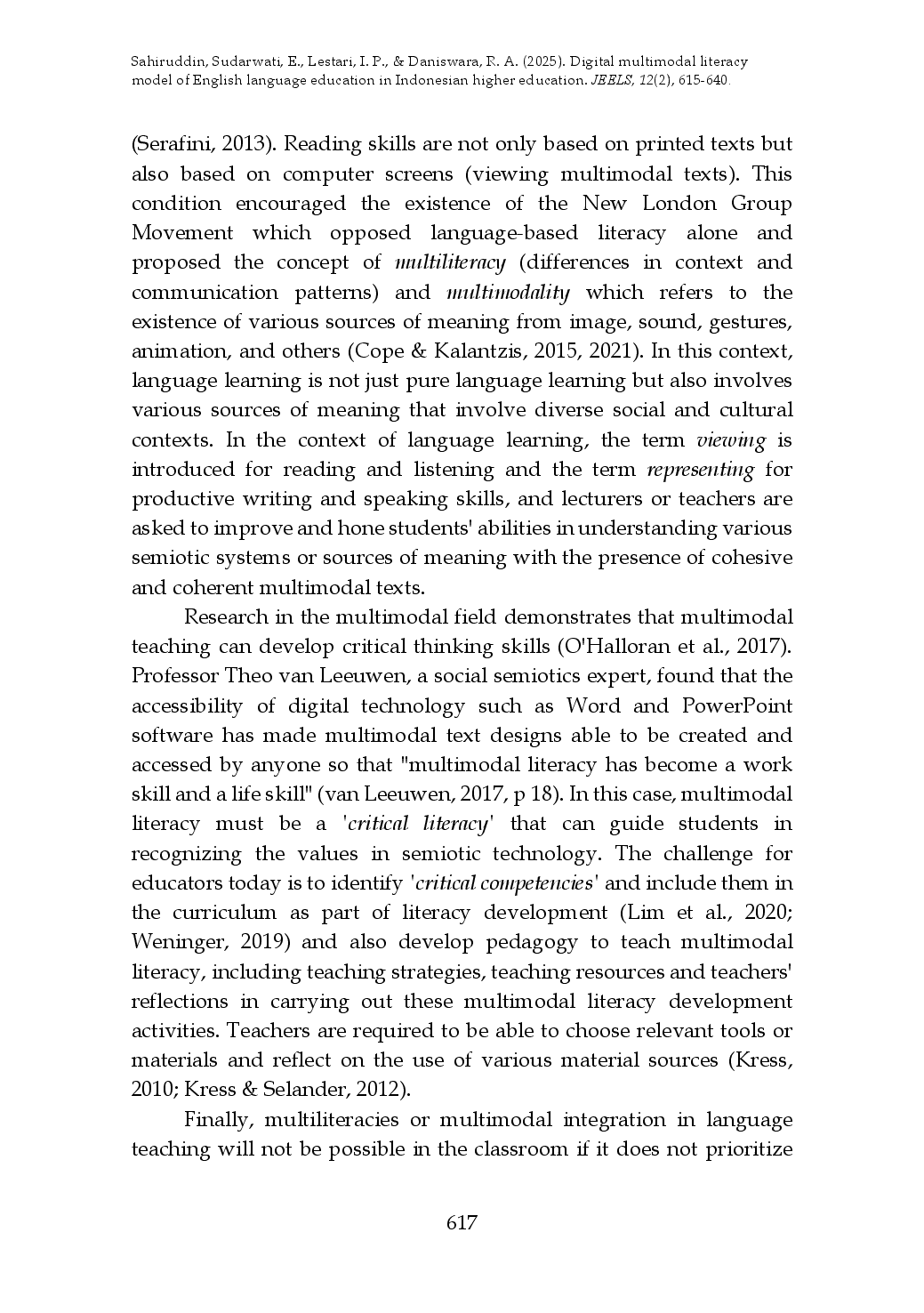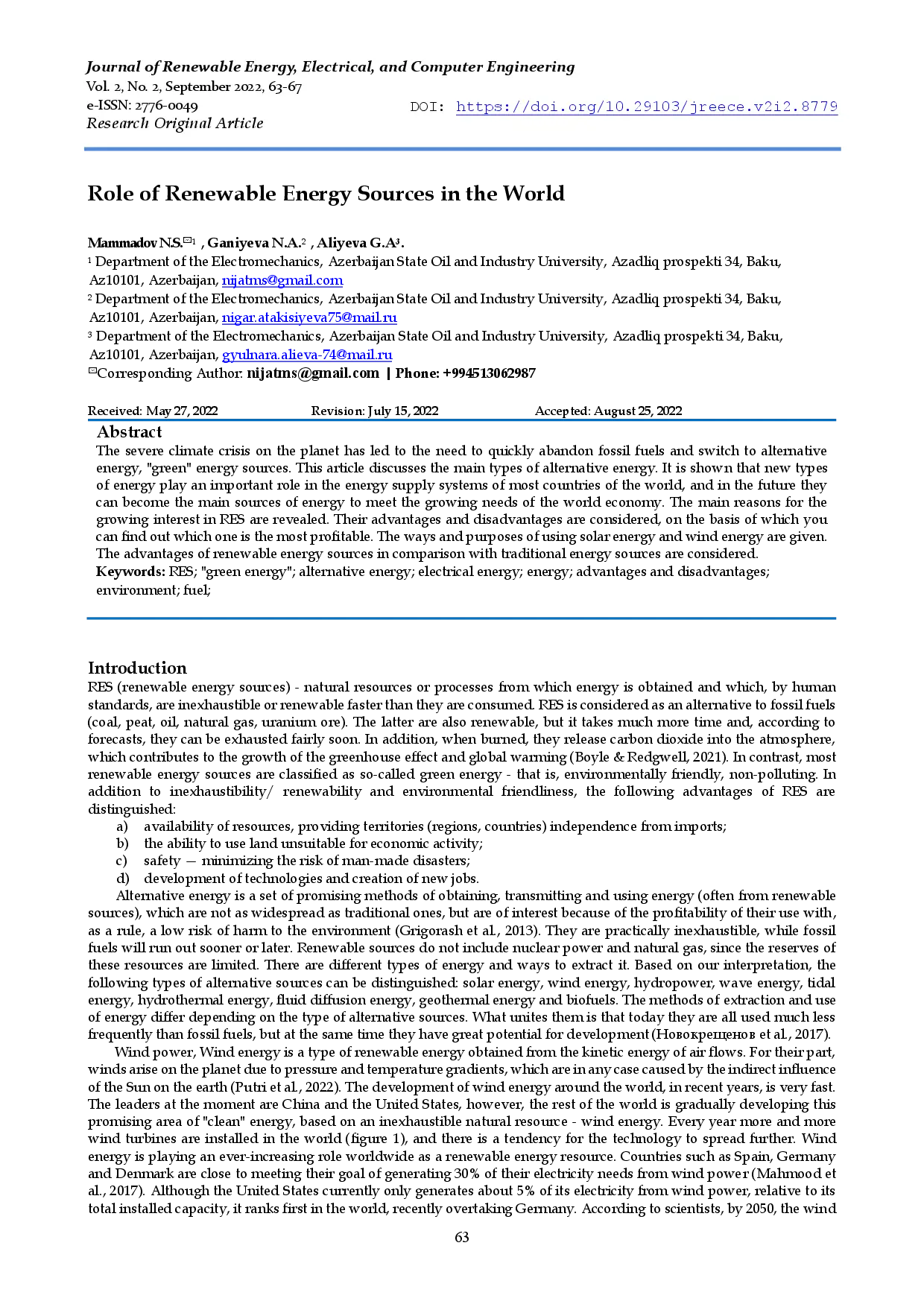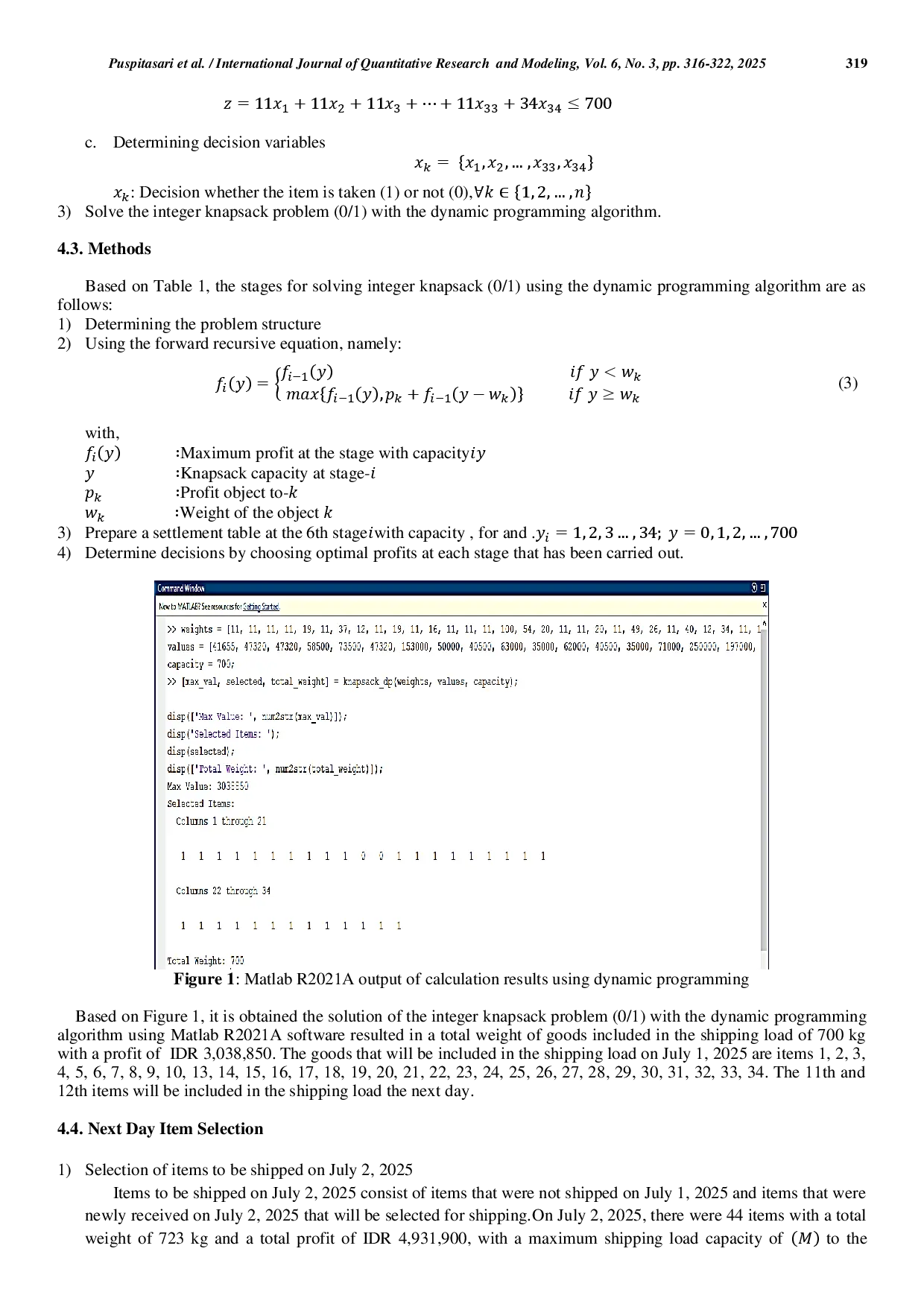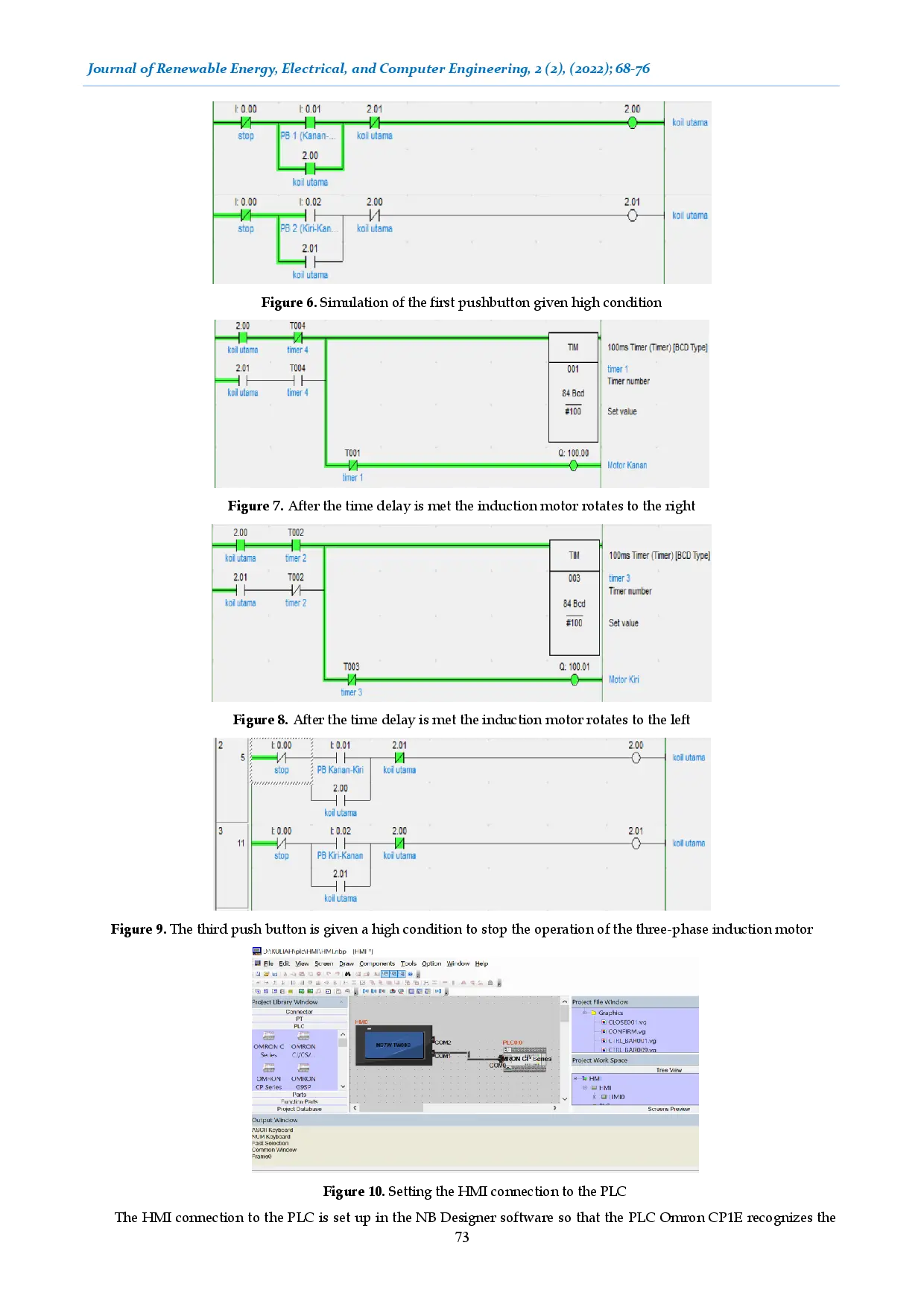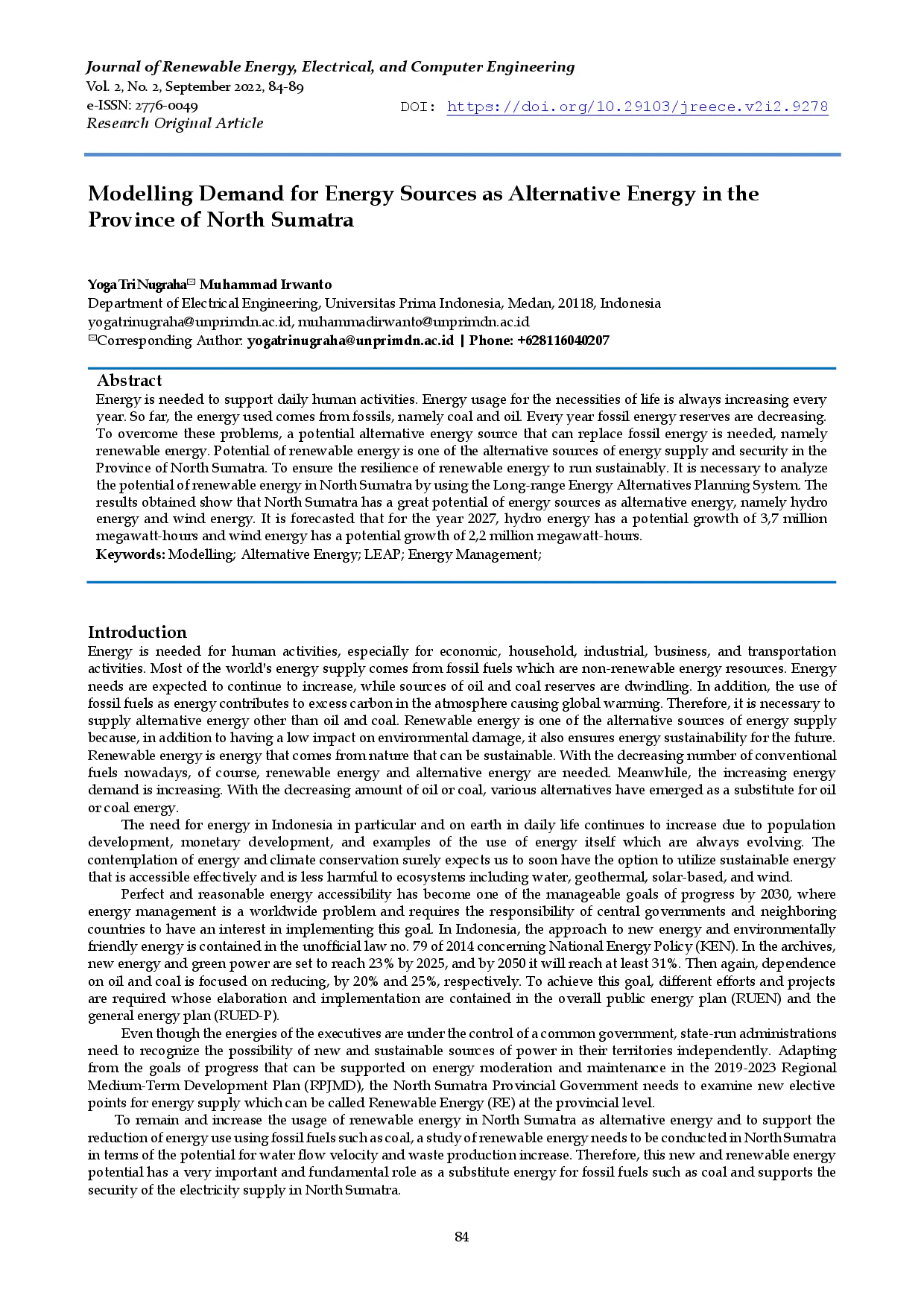UNIMALUNIMAL
Journal of Renewable Energy, Electrical, and Computer EngineeringJournal of Renewable Energy, Electrical, and Computer EngineeringCurrently, the use of solar panels in Indonesia is still in a stationary position (static) so that the absorption of sunlight is less than optimal due to frequent weather, cloudy weather, and during the afternoon until the afternoon the suns light has turn back/or is not parallel to the solar panels. To obtain optimal electrical energy, the solar panel systems must be equipped with a control-systems and equipped with an RTC (Real Time Clock) sensor module which functions to provide real time data/or components to adjust the direction of the surface of the solar panel so that it always faces the sun at a given angle (tracking based on the movement of the earth) so that the energy from the suns ray can completely fall to the surface of the solar panel. And from the data obtained on December 13, 2021, the output produced by a 10 Wp solar panel tracking system for 9 (nine) hours with a 5 Watt lamp load produces a total power of 3.392 Wh while a non-tracking 10 Wp solar panel produces a total power of 19.658 Wh and the difference between the two 10 Wp solar panels is 15.732 Wh.
Based on the results of the design and testing, it can be concluded that a tracking solar panel has been successfully made and designed with an RTC sensor that rotates approximately 1200 degrees.The solar panels move 90 degrees every hour through the help of a servo motor that can follow the direction of the suns rays following the time cycle.Furthermore, the power generated by the 10 WP tracking solar panel produces a total power of 35.392 Wh, while the non-tracking 10 WP solar panel produces a total power of 19.658 Wh, resulting in a difference of 15,732 Wh.
Further research could investigate the integration of weather forecasting data to proactively adjust the solar panels tracking, anticipating cloudy conditions and optimizing energy capture even before sunlight is obscured. Additionally, exploring the use of more advanced algorithms, such as machine learning, to predict solar movement with greater accuracy and adapt to local environmental factors could significantly enhance tracking efficiency. Finally, a comparative study evaluating the cost-effectiveness and long-term reliability of different actuator technologies – beyond servo motors – for solar tracking systems would be valuable, considering factors like energy consumption, maintenance requirements, and overall system lifespan. These investigations will contribute to the development of more intelligent, efficient, and sustainable solar energy solutions for diverse environments and applications, ultimately promoting wider adoption of renewable energy sources.
- Stepper Motor Driven Solar Tracker System for Solar Panel | IEEE Conference Publication | IEEE Xplore.... ieeexplore.ieee.org/document/8528571Stepper Motor Driven Solar Tracker System for Solar Panel IEEE Conference Publication IEEE Xplore ieeexplore ieee document 8528571
- Design and analysis of dedicated real-time clock for customized microcontroller unit | A.M. Alias | Indonesian... ijeecs.iaescore.com/index.php/IJEECS/article/view/16838Design and analysis of dedicated real time clock for customized microcontroller unit A M Alias Indonesian ijeecs iaescore index php IJEECS article view 16838
- Design and development of 10 WP Solar panel tracking system based on RTC and Arduino | Journal of Renewable... doi.org/10.29103/jreece.v2i2.8568Design and development of 10 WP Solar panel tracking system based on RTC and Arduino Journal of Renewable doi 10 29103 jreece v2i2 8568
| File size | 519.74 KB |
| Pages | 8 |
| Short Link | https://juris.id/p-jv |
| DMCA | Report |
Related /
RESCOLLACOMMRESCOLLACOMM Hasil penelitian menunjukkan bahwa portofolio saham syariah memiliki imbal hasil yang diharapkan lebih tinggi, tetapi juga disertai dengan risiko yangHasil penelitian menunjukkan bahwa portofolio saham syariah memiliki imbal hasil yang diharapkan lebih tinggi, tetapi juga disertai dengan risiko yang
RESCOLLACOMMRESCOLLACOMM Therefore, the choice of method must consider the ability of the agency to pay contributions consistently and the expectations of participants to get decentTherefore, the choice of method must consider the ability of the agency to pay contributions consistently and the expectations of participants to get decent
RESCOLLACOMMRESCOLLACOMM Citra medis berhasil dienkripsi menggunakan kombinasi lapisan ganda dari kedua algoritma dan kemudian didekripsi kembali ke bentuk aslinya tanpa kehilanganCitra medis berhasil dienkripsi menggunakan kombinasi lapisan ganda dari kedua algoritma dan kemudian didekripsi kembali ke bentuk aslinya tanpa kehilangan
RESCOLLACOMMRESCOLLACOMM Penelitian ini bertujuan untuk menentukan faktor-faktor yang mempengaruhi IPM di Provinsi Jawa Timur. Data penelitian adalah data IPM tahun 2024 untukPenelitian ini bertujuan untuk menentukan faktor-faktor yang mempengaruhi IPM di Provinsi Jawa Timur. Data penelitian adalah data IPM tahun 2024 untuk
RESCOLLACOMMRESCOLLACOMM Peningkatan persentase kewajiban pensiun dengan metode PUC berkisar antara 144% hingga 282% dibandingkan TUC, tergantung pada tingkat kenaikan gaji yangPeningkatan persentase kewajiban pensiun dengan metode PUC berkisar antara 144% hingga 282% dibandingkan TUC, tergantung pada tingkat kenaikan gaji yang
RESCOLLACOMMRESCOLLACOMM Parameter distribusi Laplace diperkirakan dengan metode momen dan metode maksimum likelihood. Solusi permasalahan diperoleh dengan menentukan jangka waktuParameter distribusi Laplace diperkirakan dengan metode momen dan metode maksimum likelihood. Solusi permasalahan diperoleh dengan menentukan jangka waktu
IAIN KEDIRIIAIN KEDIRI Penelitian ini bertujuan (1) untuk meneliti persepsi mahasiswa dan dosen terkait pentingnya literasi multimodal digital, dan (2) untuk mengidentifikasiPenelitian ini bertujuan (1) untuk meneliti persepsi mahasiswa dan dosen terkait pentingnya literasi multimodal digital, dan (2) untuk mengidentifikasi
UNIMALUNIMAL Penggunaan sumber energi terbarukan memberikan sejumlah keunggulan yang tak terbantahkan.memberikan dampak positif pada perekonomian negara-negara individuPenggunaan sumber energi terbarukan memberikan sejumlah keunggulan yang tak terbantahkan.memberikan dampak positif pada perekonomian negara-negara individu
Useful /
RESCOLLACOMMRESCOLLACOMM Hasil penelitian menunjukkan bahwa pada tanggal 1 juli 2025, keuntungan maksimum diperoleh sebesar idr 3. 038.850 dengan bobot 700 kg. Pada tanggal 2 juli,Hasil penelitian menunjukkan bahwa pada tanggal 1 juli 2025, keuntungan maksimum diperoleh sebesar idr 3. 038.850 dengan bobot 700 kg. Pada tanggal 2 juli,
RESCOLLACOMMRESCOLLACOMM Dari lima variabel makroekonomi yang diuji, hanya pendapatan nasional, tingkat inflasi, dan suku bunga yang secara signifikan memengaruhi nilai impor.Dari lima variabel makroekonomi yang diuji, hanya pendapatan nasional, tingkat inflasi, dan suku bunga yang secara signifikan memengaruhi nilai impor.
UNIMALUNIMAL Untuk memastikan operasi aman motor induksi akibat perubahan arah putaran, kontrol PLC diberikan waktu tunda 1 hingga 4 detik. Hasil menunjukkan bahwaUntuk memastikan operasi aman motor induksi akibat perubahan arah putaran, kontrol PLC diberikan waktu tunda 1 hingga 4 detik. Hasil menunjukkan bahwa
UNIMALUNIMAL Hasilnya adalah bahwa pemodelan permintaan sumber energi sebagai energi alternatif potensial di Provinsi Sumatera Utara adalah energi hidro dan energiHasilnya adalah bahwa pemodelan permintaan sumber energi sebagai energi alternatif potensial di Provinsi Sumatera Utara adalah energi hidro dan energi
